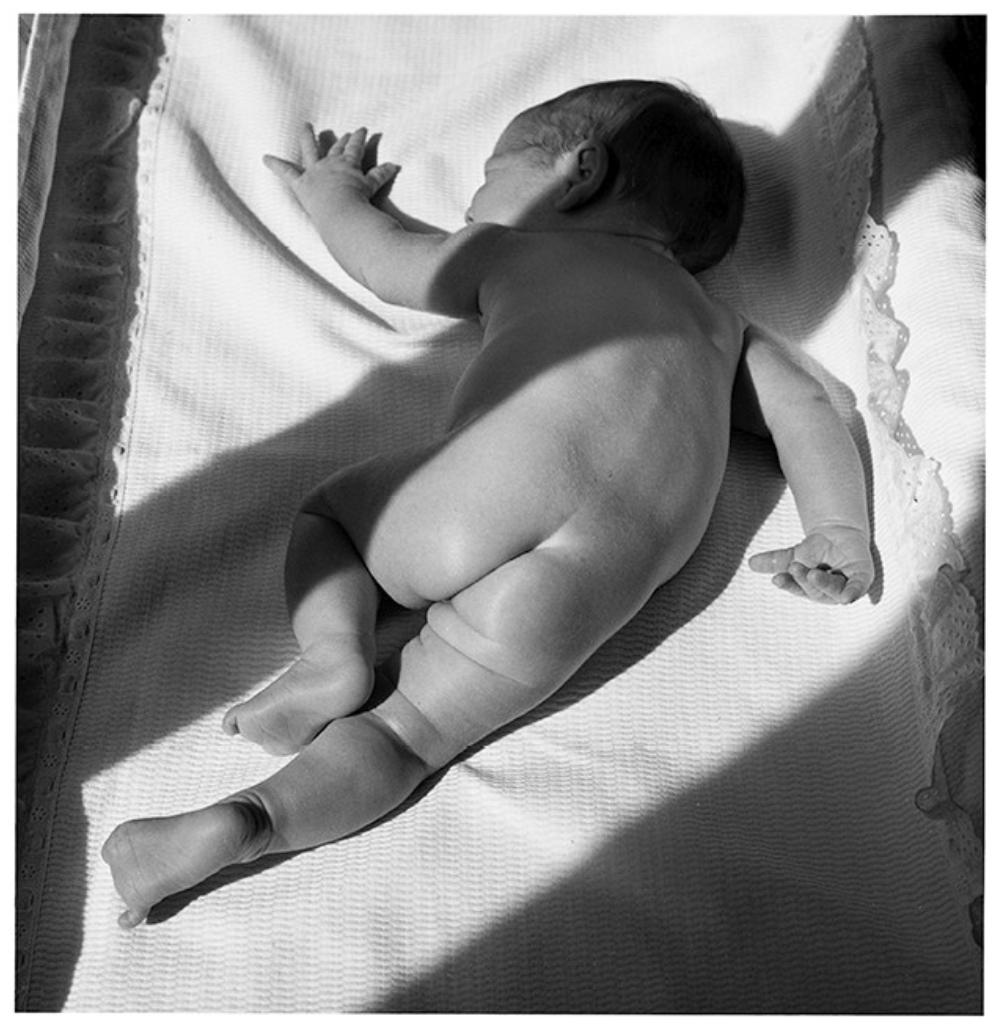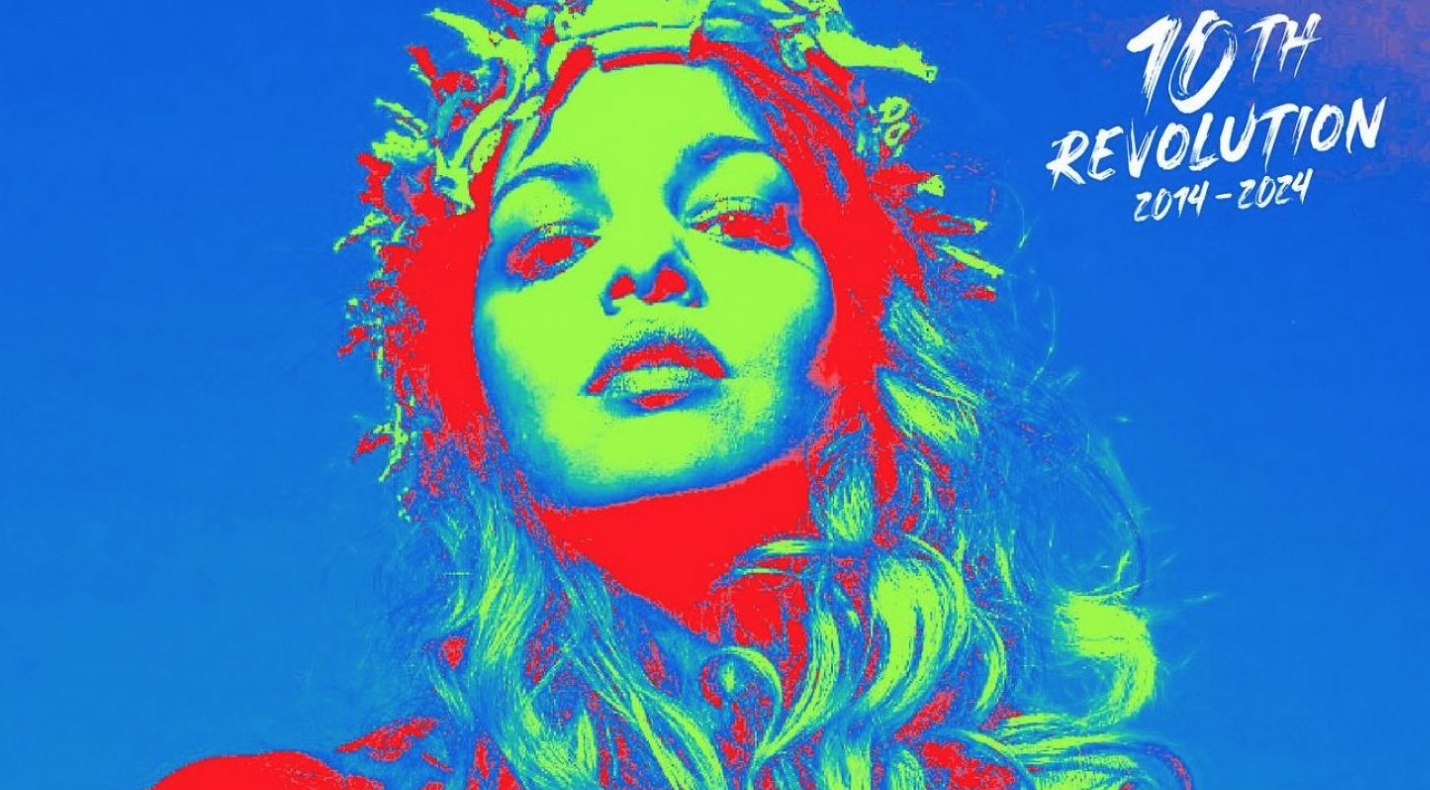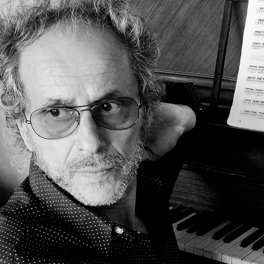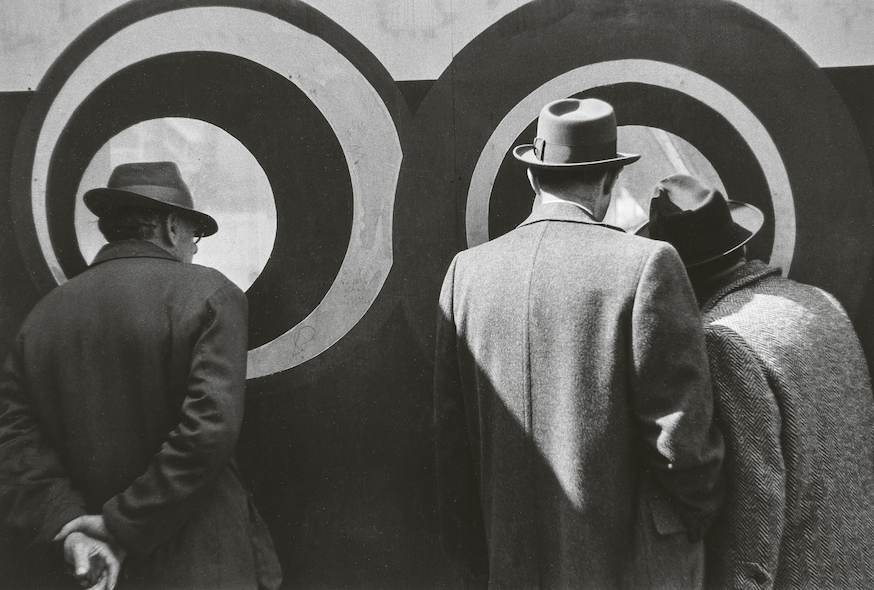Exhibitions
El Bòlit talks about the mass graves of the Franco regime in 'Holes to make a requiem'
'Holes to make a requiem' is part of the Bòlit's Memory and Archive program and forms part of a leaflet dedicated to democratic memory which, together with 'Vacances with Franco. My summers in Francoist Spain' can be seen until October
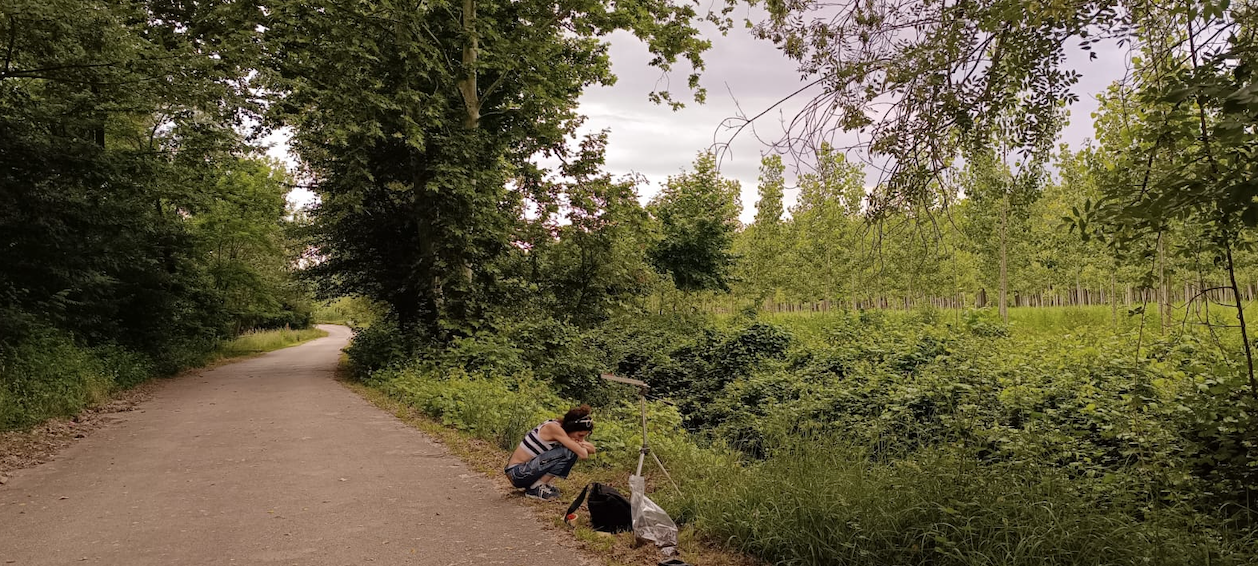
The Bolit Girona Contemporary Art Center opens on June 7 at 6:30 p.m. the exhibition Holes to make a requiem which brings together works by cabosanroque and Miquel García. Curated by Ingrid Guardiola and Meritxell Ferrer, it talks about the mass graves of Francoism, a topic that is back in the public debate due to the refusal of some regional governments, made up of right-wing and extreme right-wing parties, to apply the democratic memory law 20/2022.
This exhibition, which can be visited until October 13, 2024, is based on the interest of the people of Cabosanroque in the graves of the Franco regime, specifically, in the convoy of March 23, 1959 that carried 179 bodies exhumed in the province of Girona in the Valle de los Caídos (currently Valle de Cuelgamuros). His research was connected with Miquel García's Exhumations series and all his extensive work on democratic memory, whether it was set in the Second World War or the Spanish Civil War. The two pieces create a network of memory. In the case of Cabosanroque, work has been done from 19 municipalities in the Girona counties where the mass graves from which the bodies were found have been found, of which 9 collaborate directly with the project. In the case of Miquel Garcia with the Association Pro-Memoria als Immolats per la Libertat in Catalunya, an organization to keep alive the memory of the republicans executed by Franco in Catalonia for political and ideological reasons.
Therefore, the exhibition has two works, one by cabosanroque and another by Miquel García. The two pieces create a network of memory. The cabosanroques have worked from 19 municipalities in the Girona counties where the mass graves linked to the project have been found. Miquel García has collaborated with the Association Pro-Memoria als Immolats per la Llibertat in Catalunya.
Memory calls for a policy committed to the culture of memory. Local or national policies cannot be executed by escaping the subterranean plots that give meaning and form to each place. Territorializing culture in space is important, that is to say, establishing links, affections and projects in a shared territory; but also in time: these "other" alliances. The dead also make culture, they are our sentimental, intellectual and moral substrate.
Cabo San Roque 22 holes to make a requiem, 2024
22 holes to make a requiem is a lay oratory that visualizes and gives sonorous body to the fading of these bodies and their respective names buried in mass graves in the demarcation of Girona. Burial erases his identity: first by separating the body from the name, and finally by collapsing the body. Its subsequent transfer and burial in the Valle crypt ends up abolishing the physical limit of each body, merging with the decaying foundations of the architecture itself and with the adjacent body of the monument, where nationals and republicans blur. Formally, it is an audiovisual installation that is built from two complementary representations about the silence contained within the 22 holes dug in the ground. On the one hand there is a set of weights with soil taken from the places where each pit was supposed to have been. The weight of the earth in each hole generates a note on a string. On the other hand, there are the silences of the videos recorded in each hole. With these notes and these silences, a contemporary oratory has been composed, in memory of the 179 names we will never be able to say. From the Bòlit, the cabosanroque investigation was accompanied to locate the exact locations of the graves in the different memory banks: that of the Ministerio, that of the Generalitat, that of the Girona Archive, that of the Municipal Archive and the records of the Civil Guard. The research has had the collaboration of the historian Queralt Solé and the support of the Democratic Memorial. Both the number of bodies and the location of the pit changed according to the different databases. This dance of numbers and locations speaks for itself, it denotes the complexity of memory. The graves that were not located in the cemetery were not located. Faced with this lack of information, the artists have made a symbolic and subjective decision about the place where the "hole" has been located. The research also spoke to mayors and councilors of the various municipalities. Some responded with a desire to collaborate, others did not want to know anything about the past.
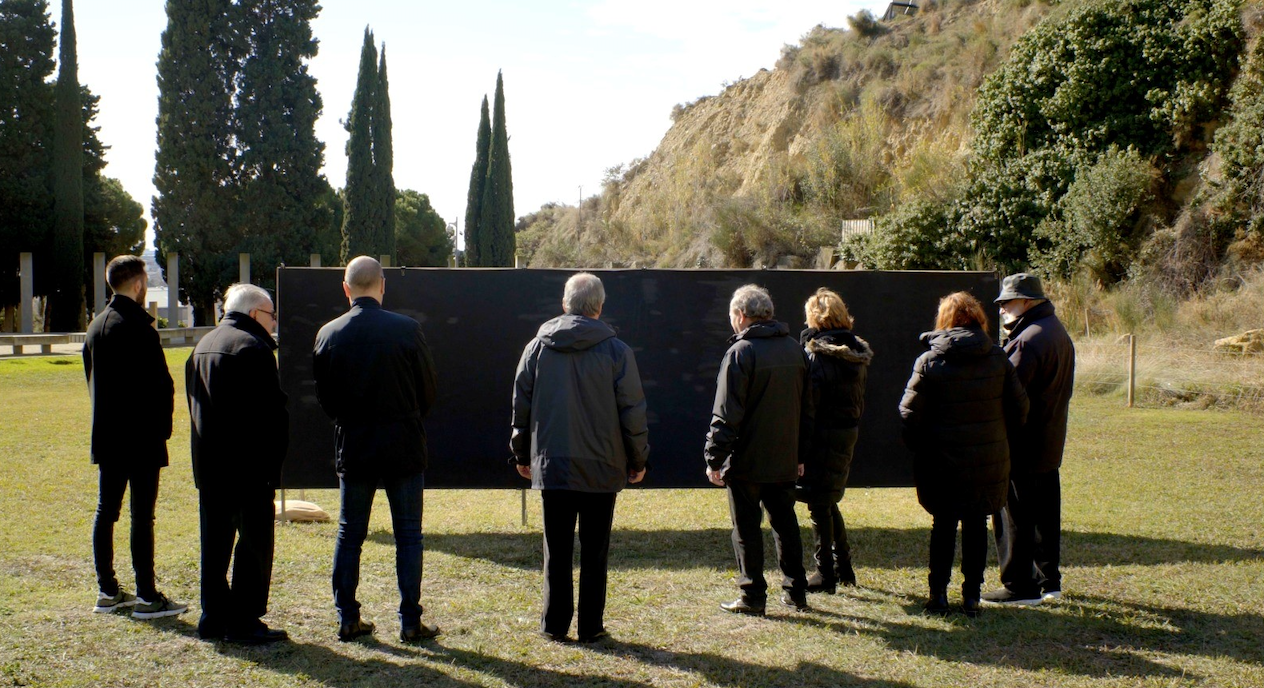
Michael Garcia Exhumation no. 2, 2024
The artist began researching the Exhumations project in 2019. The first "Exhumation" took place in 2021 in Valencia, where he presented a list with 5,308 records of victims of Franco's repression buried in mass graves in the Valencian Country. The list was intervened with heat-sensitive paint that was revealed with the friction of the hand of the relatives of the Platform of Associations of Relatives of Victims of the Francoism of the Common Graves of Paterna. This methodology, of a physical, philosophical and memorialistic nature, is applied to the entire series of Exhumations. The action was carried out in the terrain known as the Paredón de España, where the Francoists shot 2,238 people and buried them in mass graves, in the Paterna cemetery.
Exhumation no. 2 is a multidisciplinary work that combines painting, performance and video to carry out a symbolic exhumation. The work presents a printed list with more than 5,000 people buried in mass graves in Catalonia. The content of the list has been covered with a black heat-sensitive paint that prevents it from being read. In order to reproduce the action of bringing to light what has been hidden, the Association Pro-Memoria als Immolats per la Llibertat a Catalunya was invited to participate in the project and activate the list. The action was carried out in the Fossar de la Pedrera in Barcelona, where 1,717 people were buried between 1939 and 1952, of which 1,686 were shot in Camp de la Bota, 8 in the fossars of Montjuïc Castle and 23 be executed with the vile club in the Barcelona Model prison. The families of executed people reveal the details of their relatives by rubbing black paint. Through human warmth their data comes back to light. To create the piece, Miquel García received the help of Girona Crea and the Democratic Memorial, in addition to the production of Bòlit. Currently, the artist is developing the research to make Exhumation no. 3 in the city of Madrid.





